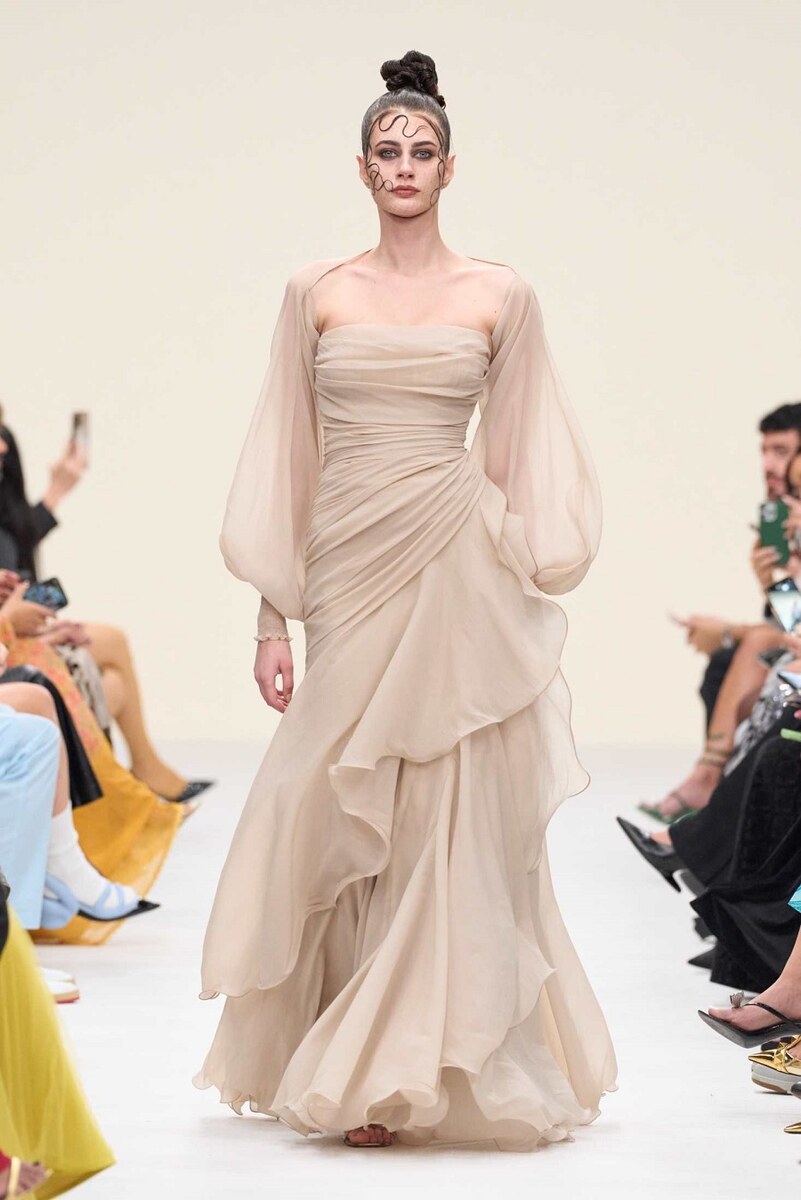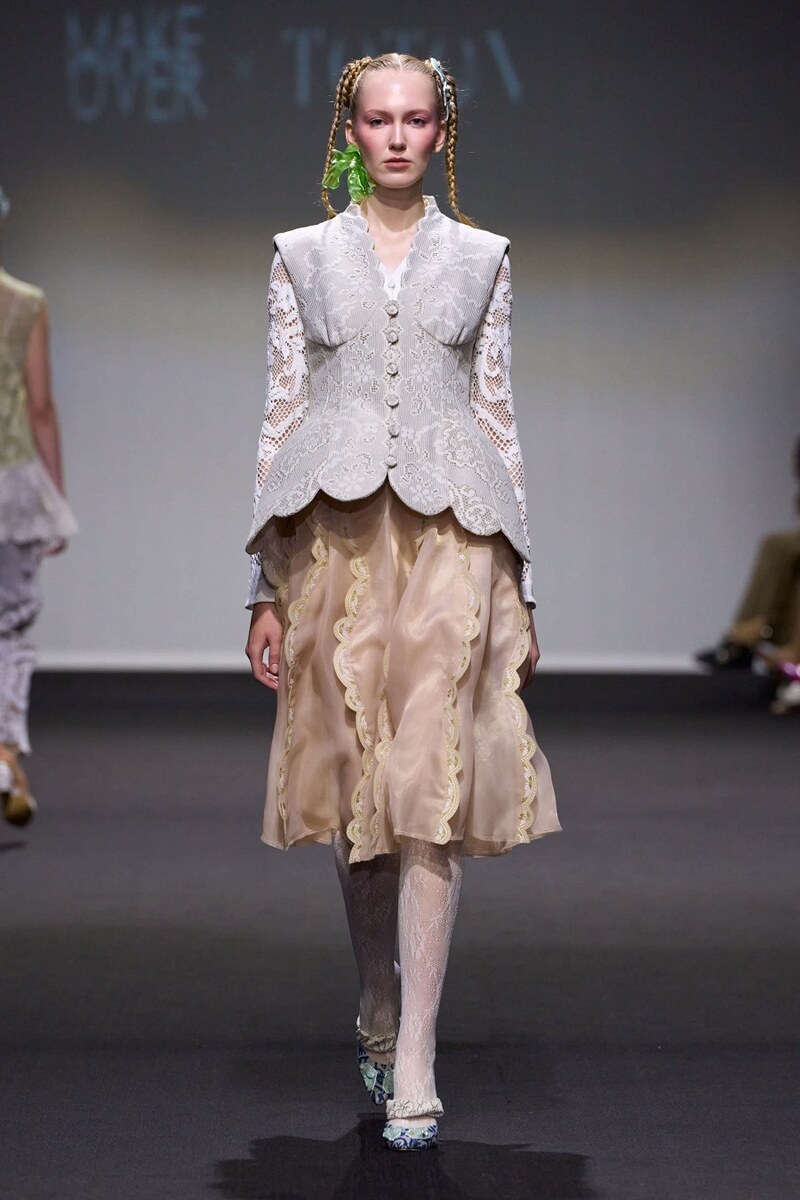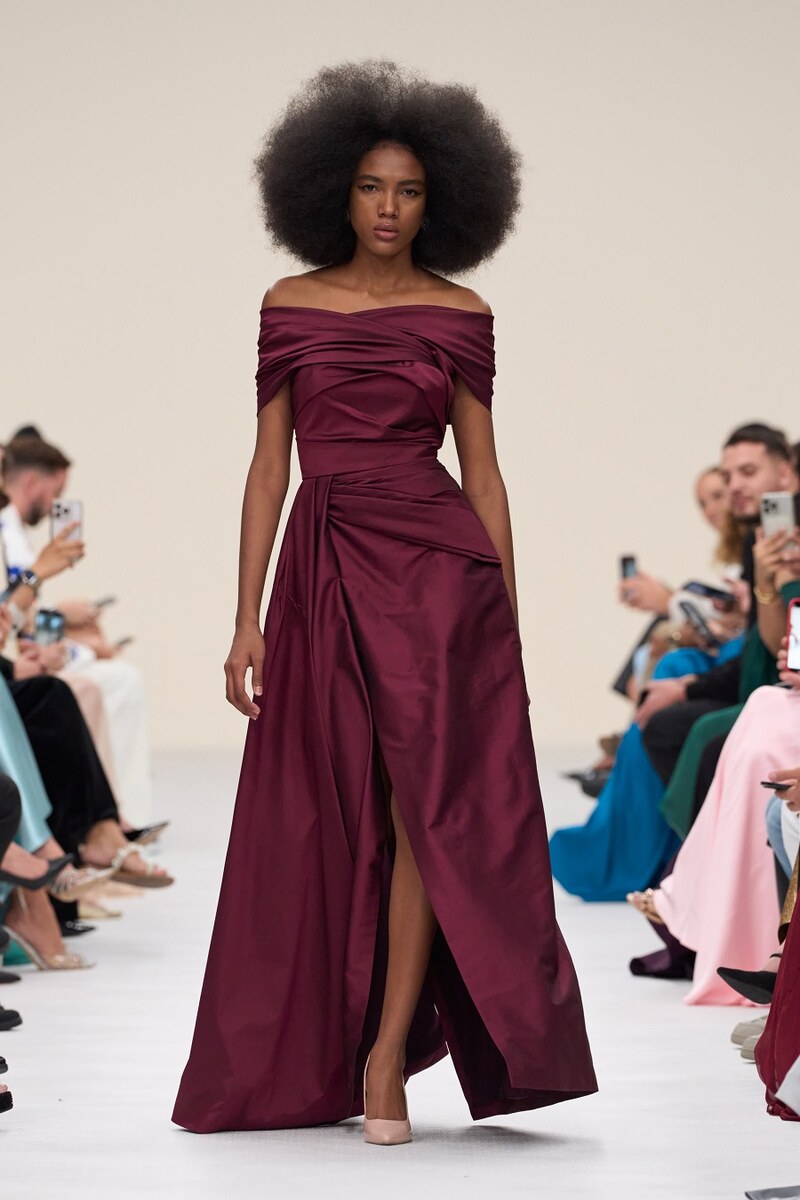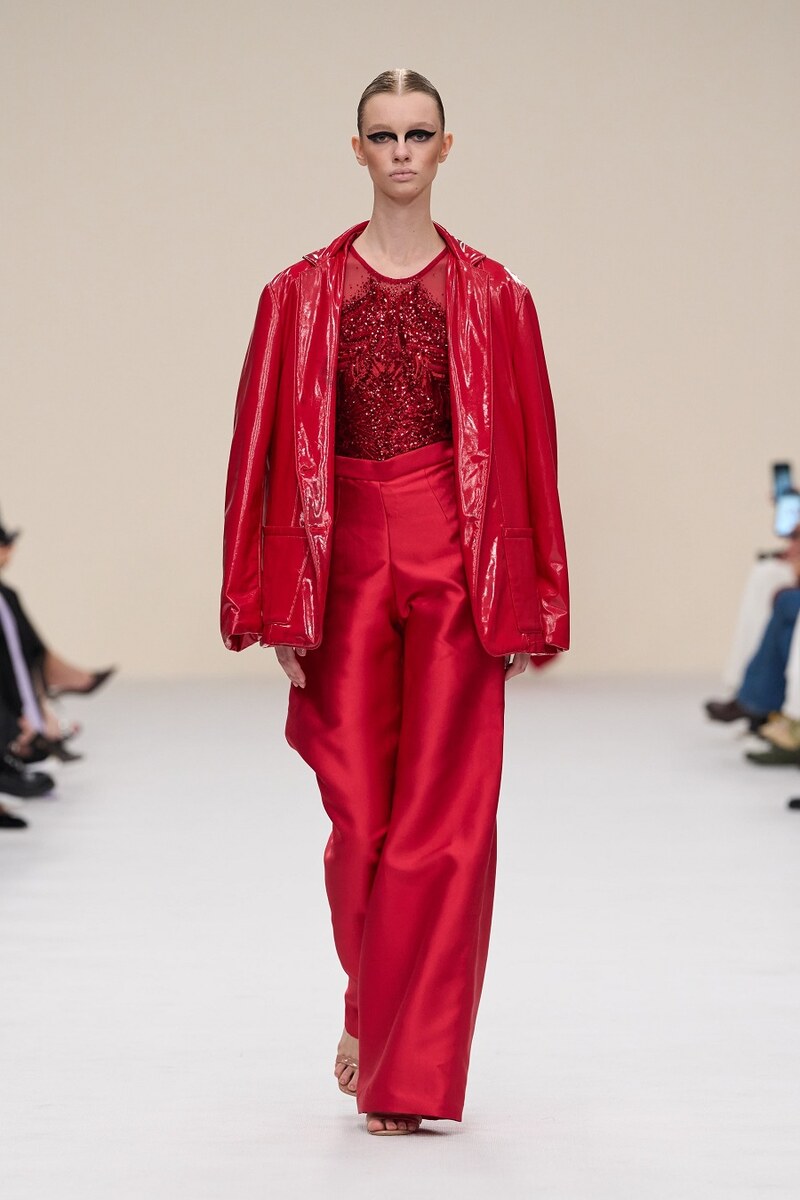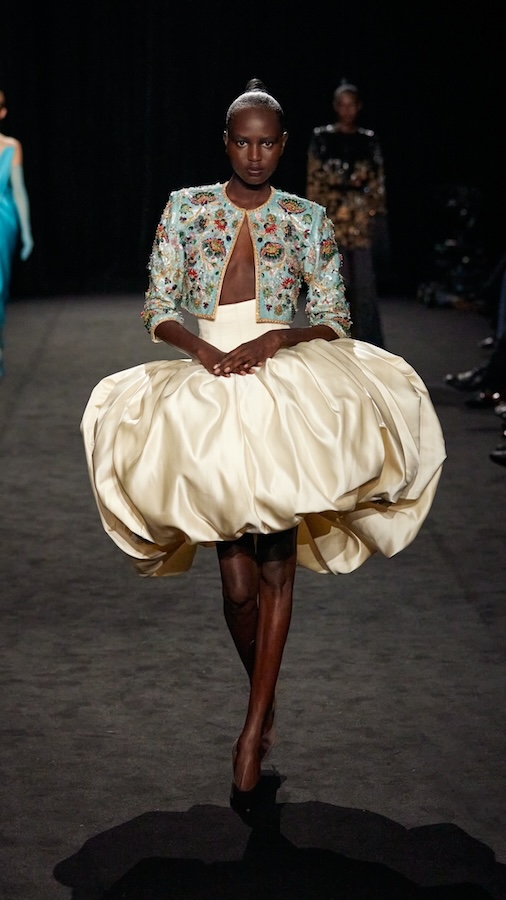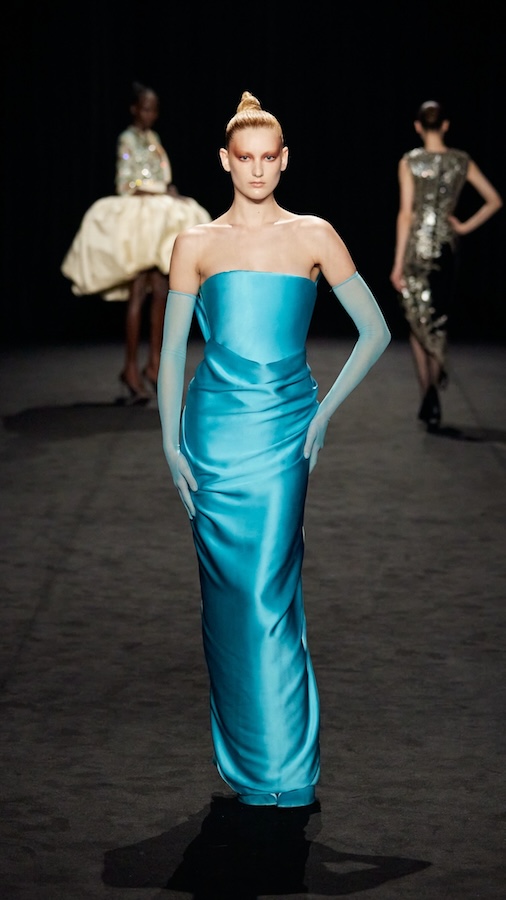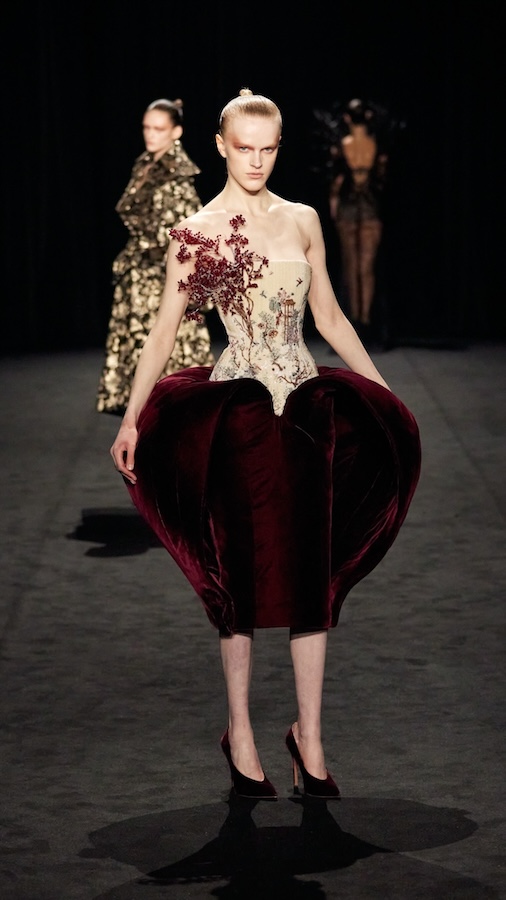LONDON: Five years into his medical career, Saudi surgeon Abdullatef Alrashoudi hung up his stethoscope for the final time.
It was the morning of his 30th birthday, and an offer had recently landed in his inbox from Le Cordon Bleu, the prestigious Parisian culinary school that has trained luminaries from American chef Julia Child to Mary Berry, one of the original judges on “The Great British Bake Off.”
Now 34 and running his own café in one of Paris’ trendiest neighbourhoods, Alrashoudi looks back on that email as a turning point in his life.
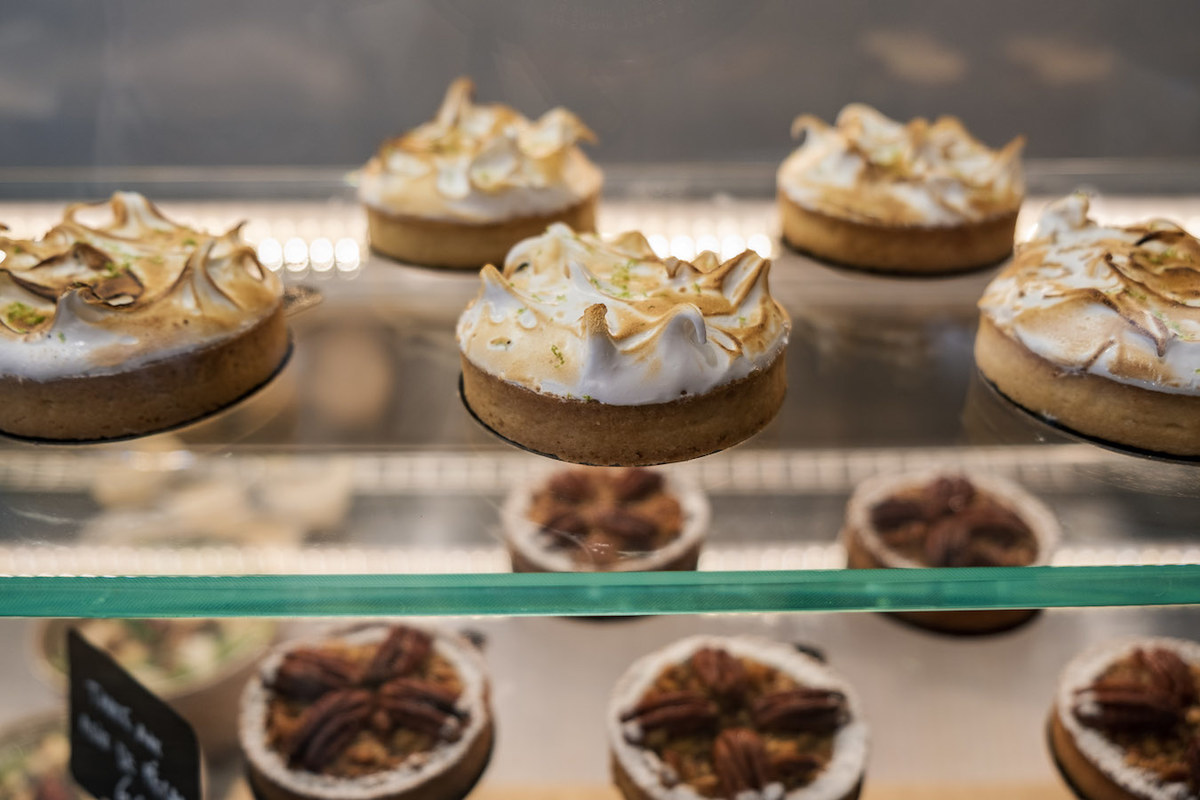
(Supplied)
“It was the biggest gift,” he says. “Baking had always been my dream, and medicine was showing me it was not the right path.”
After the switch, which he admits left his hospital colleagues “shocked,” Alrashoudi’s career has gone from strength to strength. Nine gruelling months studying bread dough, baking and boulangerie techniques led to spells working in leading Parisian restaurants — and finally to a place of his own.
LÂM — which combines Alrashoudi’s nickname ‘Latif’ and ‘âme’, the French word for ‘soul’ — has been open for just over six months, but is already welcoming a steady stream of regulars through the doors.
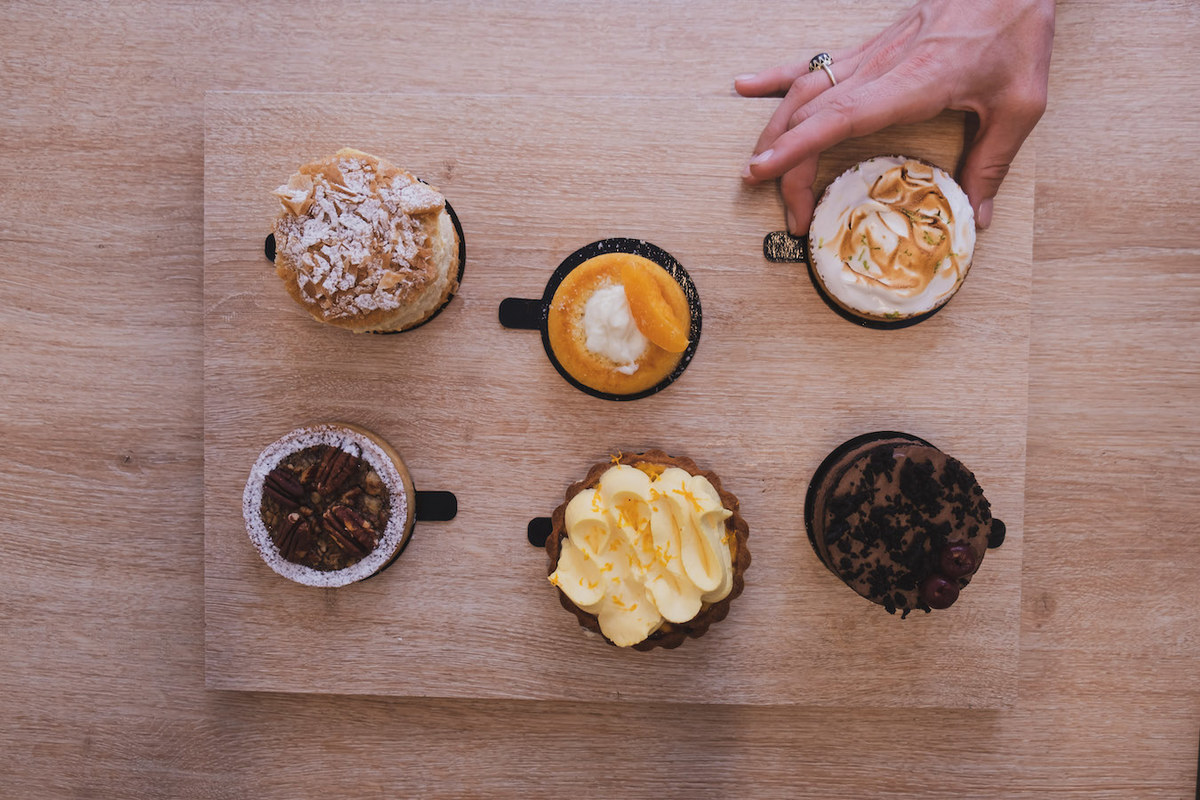
(Supplied)
The airy, mineral green-fronted space sits opposite a bubble tea shop and art gallery in a “hip, up-and-coming” neighbourhood just off the French capital’s Place de La République.
In the window, a hand-built La Marzocco machine from Italy, in the same vibrant green as the Saudi Arabian flag, churns out rich cups of coffee from the high-end Parisian brand Coutume.
These aromatic brews are accompanied by delicate counter bakes that fuse traditional French techniques with enticing Middle Eastern flavours — the nutty richness of tahini, the sweet crunch of pistachios, the fragrant allure of rose.
Alrashoudi, who hails from the date-rich province of Al-Qassim but grew up in north Riyadh, explains that, instead of a cinnamon roll, the café serves a black-lemon version inspired by the Saudi dessert klēja, made with soft brioche dough, honey, and biscuit.

(Supplied)
Other inventive options on the menu include zaatar and feta buns, bakes mixing chocolate and cardamom, plus a tahini cookie, for which he uses the classic French technique of burned butter to add “a deeper flavour”.
Since opening in September, LÂM has quickly become a popular spot. While most patrons are “local to the street,” Alrashoudi, who is fluent in French, is hopeful that the coming months will bring more Khaleeji visitors — especially in the run-up to the Olympics, which will be hosted in the city this summer.
But before millions of visitors from around the world descend on Paris for a month of sporting action, Alrashoudi is focusing on getting through Ramadan, with fasting hours in the French capital running from around 5.30 a.m. until 7 p.m. this year.
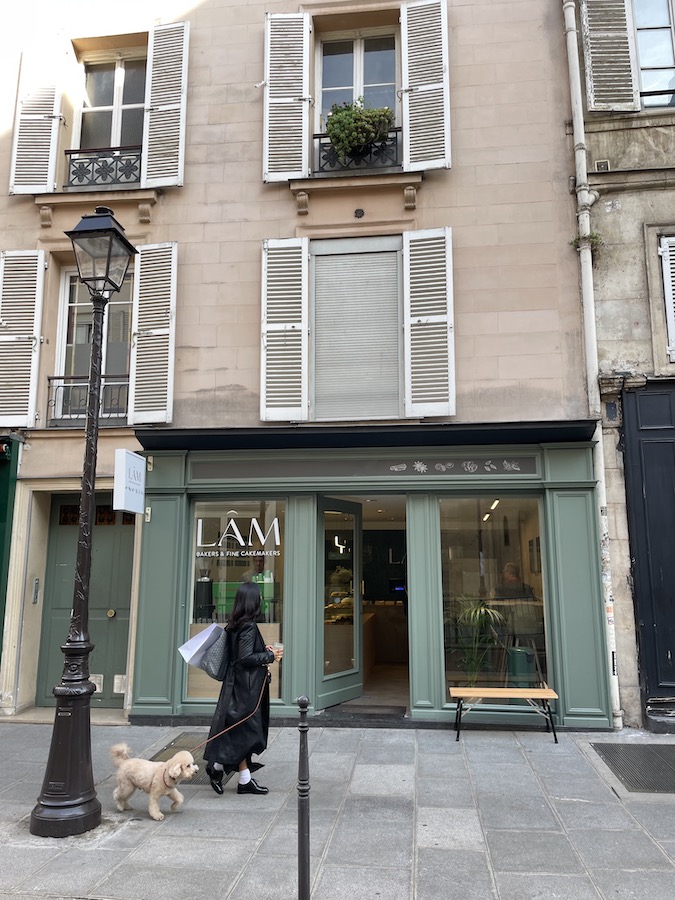
(Supplied)
To mark the holy month, he is serving Saudi dates with every coffee, and plans to continue that after Ramadan finishes because it is “working really well” with customers.
And while you can take the baker out of Saudi, you can’t take the generous spirit of Saudi out of the baker. In keeping with the principles of hafawa (hospitality), Alrashoudi holds back a cup of coffee every night for a fasting Tunisian restaurateur working next door.
Alrashoudi has already become known in the neighborhood as ‘the Saudi chef’ and his customers are “always asking” about his homeland — particularly the cultural transformation that has swept through the Kingdom in recent years under Crown Prince Mohammed bin Salman’s Vision 2030.
The young baker credits much of his success to those changes. It was the Crown Prince’s own Misk Foundation that granted him a scholarship to study at Le Cordon Bleu alongside a group of other young Saudis, who have since gone on to lead kitchens in the Kingdom and beyond.
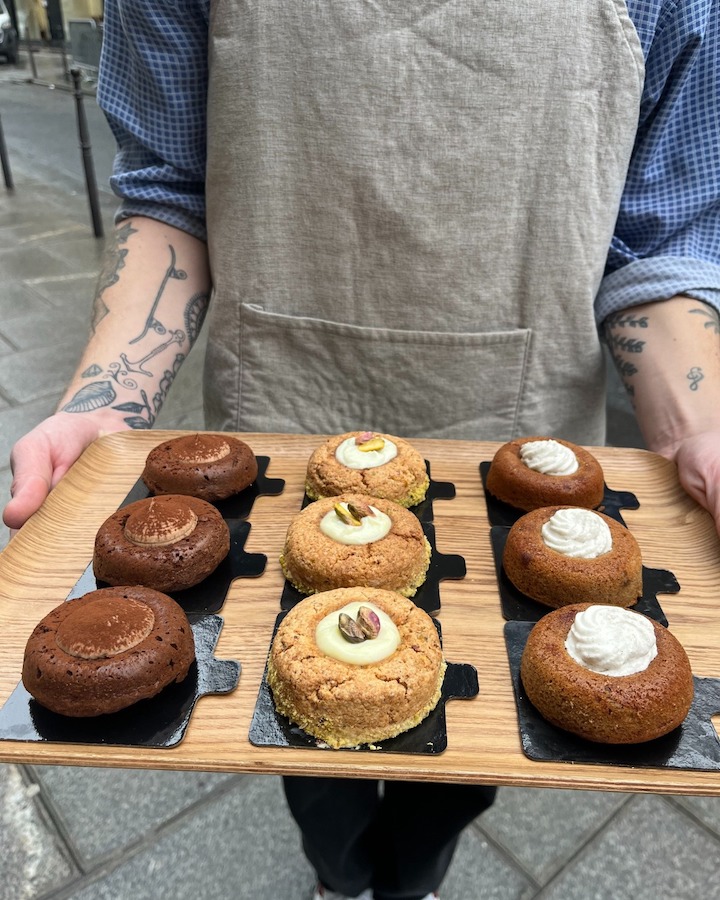
(Supplied)
“When I was growing up many people did not know about Saudi, but in recent years that has changed,” says Alrashoudi, who acknowledges that LÂM is one of a small number of Gulf culinary spots around the world positively influencing perceptions of the region.
But despite growing representation of Khaleeji culture on the global stage, for most people Arabic cuisine still predominantly conjures images of Levantine dishes such as shawarma, hummus, and falafel.
This is reflected in the culinary landscape of major cities, with TripAdvisor figures revealing that London and New York City combined have only one Saudi Arabian restaurant, despite hosting hundreds of Lebanese and Egyptian eateries.
Alrashoudi believes this needs to change, particularly at a time when diners are increasingly interested in broadening their horizons.
“The government has been trying so hard to have people come and visit Saudi Arabia and to export our culture,” he says. “It’s where I am from and I love it — now it needs to be experienced by the world.”
Abdullatef Alrashoudi’s orange saffron muffins
Ingredients:
200g sugar; zest of 2 oranges; 2 medium eggs; 105ml olive oil; 2 tsp vanilla extract; 300g all-purpose flour; 1/2 tsp baking soda; a generous pinch of salt; 60g almond flour; 120g buttermilk; 120ml orange juice; 20g sugar; a pinch of saffron
Instructions:
1. Mix 200g sugar with the orange zest until the mixture is fragrant and the sugar is slightly moist — this helps release the oils from the zest, packing a punch of orange flavor.
2. Crack the eggs into the sugar-zest mixture. Whisk vigorously until fully combined. Then add the olive oil while whisking. You want it all emulsified, giving your muffins a beautiful, light texture. Then add the vanilla essence.
3. In another bowl, whisk the all-purpose flour, baking soda, salt, and almond flour together.
4. Make a well in the center of your dry ingredients. Pour in the egg, oil, and zest mixture. Gently fold everything together — just enough to combine.
5. Fold in the orange juice and buttermilk. The mixture should now look golden. In a separate bowl, mix 20g sugar with the saffron to sprinkle on top of the muffins.
6. Spoon the batter into muffin tins. Sprinkle with the saffron-sugar mix. Bake in a preheated oven at 200°C for 10-15 minutes, or until the muffins are golden and a skewer comes out clean.








